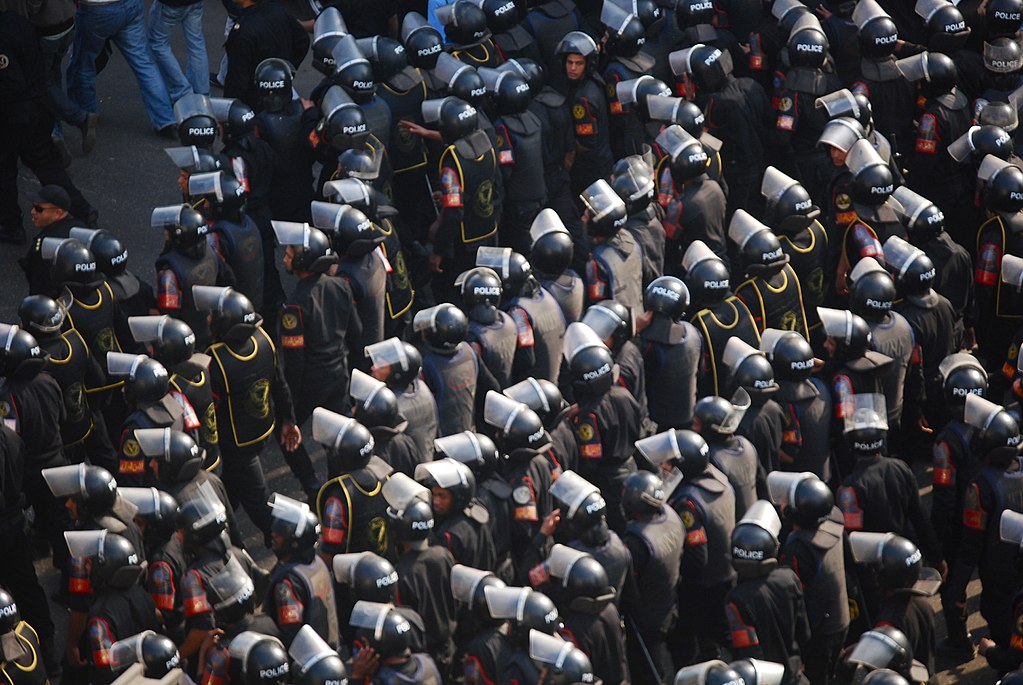US sanctions should be recognized as crimes against humanity – Mehr News Agency

Impact of Unilateral Sanctions on Sustainable Development Goals
Executive Summary
A diplomatic report highlights that unilateral sanctions, particularly those enforced by the United States, present a severe threat to the achievement of the Sustainable Development Goals (SDGs). Citing a study from The Lancet, the report frames these economic measures as being as lethal as conventional warfare, directly causing significant loss of life and undermining global development efforts. The assertion is made that such sanctions should be formally recognized as crimes against humanity, necessitating a coordinated international response from affected nations.
Direct Contravention of SDG 3: Good Health and Well-being
- A study published in The Lancet indicates that unilateral sanctions have contributed to over 500,000 deaths annually since the 1970s.
- This high mortality rate fundamentally obstructs the primary objective of SDG 3, which is to ensure healthy lives and promote well-being for all at all ages.
- The impact is disproportionately borne by vulnerable demographics, specifically children and the elderly, which represents a critical failure in providing equitable health outcomes and protecting at-risk populations.
Undermining SDG 16: Peace, Justice, and Strong Institutions
- The characterization of “inhumane sanctions” as crimes against humanity directly challenges their standing as a legitimate or peaceful alternative to armed conflict.
- This position argues that such measures actively impede progress toward SDG 16 by fostering injustice and instability rather than promoting peaceful and inclusive societies.
- The use of these sanctions is presented as a systemic failure of international justice, weakening the strong, accountable institutions necessary for sustainable development.
Call for Collaborative Action Aligned with SDG 17: Partnerships for the Goals
In response to the detrimental effects of sanctions on sustainable development, a strategic course of action has been proposed, emphasizing global partnership and collective resilience.
- Forge a Unified Response: It is stressed that nations targeted by sanctions must coordinate their efforts to create a unified and collective front.
- Advocate for Global Justice: This coalition should work to have inhumane sanctions imposed by states and their accomplices formally recognized as crimes against humanity by international bodies.
- Strengthen Partnerships: This collaborative effort directly embodies the principles of SDG 17, leveraging partnerships to challenge policies that hinder the achievement of health, peace, and prosperity for all.
1. Which SDGs are addressed or connected to the issues highlighted in the article?
- SDG 3: Good Health and Well-being: The article directly connects unilateral sanctions to a significant loss of life, stating they may be “as lethal as war” and have “claimed 500+k lives annually,” with a disproportionate impact on “children and the elderly.” This highlights a severe negative impact on public health and well-being.
- SDG 16: Peace, Justice and Strong Institutions: The article discusses the nature of sanctions as a hostile act, framing them as “inhumane” and potential “crimes against humanity.” The call for a “unified and collective response” by targeted nations points to issues of international justice, the rule of law, and the need for strong institutions to address conflicts and injustices between states.
- SDG 17: Partnerships for the Goals: The article’s focus on “unilateral sanctions” imposed by the “US and its accomplices” points to a breakdown in global partnerships and policy coherence. The call for targeted nations to “coordinate efforts to forge a unified and collective response” is an appeal to build new partnerships to counter these unilateral actions.
2. What specific targets under those SDGs can be identified based on the article’s content?
SDG 3: Good Health and Well-being
- Target 3.2: By 2030, end preventable deaths of newborns and children under 5 years of age. The article explicitly mentions that children are among the most affected groups, with sanctions leading to a massive number of deaths annually. This directly undermines efforts to prevent child mortality.
- Target 3.4: By 2030, reduce by one-third premature mortality from non-communicable diseases. Sanctions can cripple a nation’s healthcare system, preventing access to essential medicines and treatments, which would lead to an increase in premature deaths from treatable conditions, especially affecting the elderly, who are also mentioned as a primary victim group.
SDG 16: Peace, Justice and Strong Institutions
- Target 16.1: Significantly reduce all forms of violence and related death rates everywhere. The article equates the lethality of sanctions with that of war, citing “500+k lives claimed annually.” This frames sanctions not as a peaceful alternative but as a form of structural violence with a high death rate.
- Target 16.3: Promote the rule of law at the national and international levels and ensure equal access to justice for all. The call to have sanctions “recognized as crimes against humanity” is a direct appeal for the application of international law and justice against actions perceived as illegal and inhumane.
SDG 17: Partnerships for the Goals
- Target 17.14: Enhance policy coherence for sustainable development. The article highlights a major policy incoherence where actions (unilateral sanctions) taken by some member states directly contradict and undermine globally agreed-upon goals for health (SDG 3) and peace (SDG 16).
3. Are there any indicators mentioned or implied in the article that can be used to measure progress towards the identified targets?
- Implied Indicator for Target 16.1 and 3.4: The article provides a specific quantitative measure of the impact of sanctions: “500+k lives claimed annually since 1970s.” This figure serves as a direct, albeit non-official, indicator of conflict-related deaths or premature mortality rates attributable to a specific policy (sanctions). Progress towards the target could be measured by a reduction in this number.
- Implied Indicator for Target 3.2: The article specifies that the victims are “mostly children and the elderly.” This implies that a disaggregated mortality rate, specifically focusing on child mortality in sanctioned countries, could be used as an indicator to measure the impact on this vulnerable group.
4. Create a table with three columns titled ‘SDGs, Targets and Indicators’ to present the findings from analyzing the article.
| SDGs | Targets | Indicators (Mentioned or Implied in the Article) |
|---|---|---|
| SDG 3: Good Health and Well-being | Target 3.2: End preventable deaths of newborns and children under 5 years of age. | High mortality rates among children as a result of sanctions. |
| Target 3.4: Reduce by one-third premature mortality from non-communicable diseases. | The figure of “500+k lives claimed annually” serves as a direct measure of premature and policy-related deaths. | |
| SDG 16: Peace, Justice and Strong Institutions | Target 16.1: Significantly reduce all forms of violence and related death rates everywhere. | |
| Target 16.3: Promote the rule of law at the national and international levels. | The call for sanctions to be “recognized as crimes against humanity.” | |
| SDG 17: Partnerships for the Goals | Target 17.14: Enhance policy coherence for sustainable development. | The existence of “unilateral sanctions” that undermine global health and peace goals. |
Source: en.mehrnews.com

What is Your Reaction?
 Like
0
Like
0
 Dislike
0
Dislike
0
 Love
0
Love
0
 Funny
0
Funny
0
 Angry
0
Angry
0
 Sad
0
Sad
0
 Wow
0
Wow
0










/campaigns/16-days-of-activism-against-gender-based-violence/pr-web-banner.tmb-1200v.jpg?sfvrsn=8cc7b98e_1#)





































































